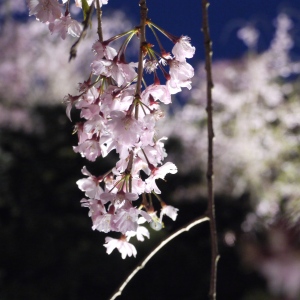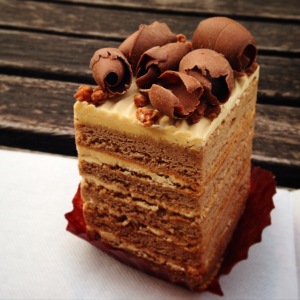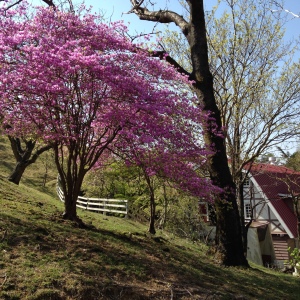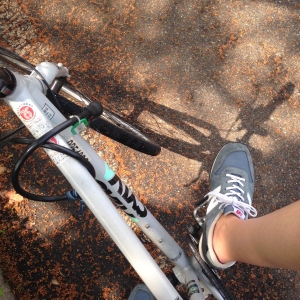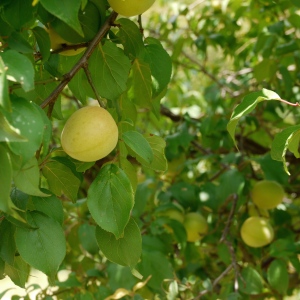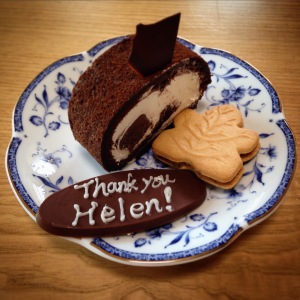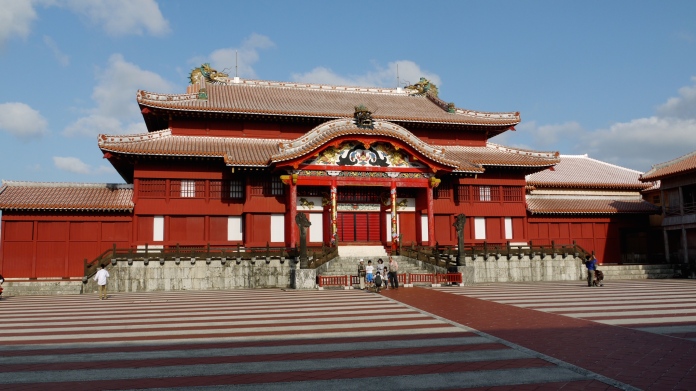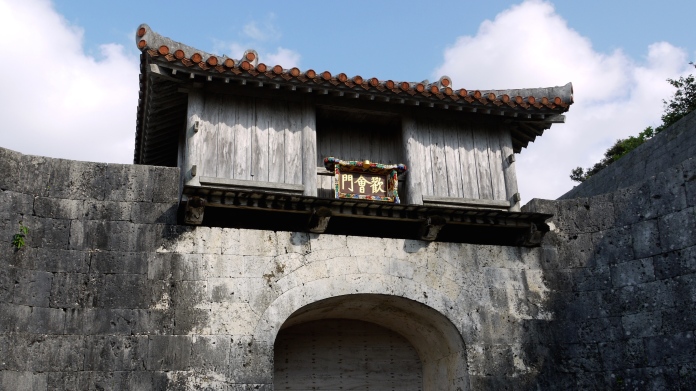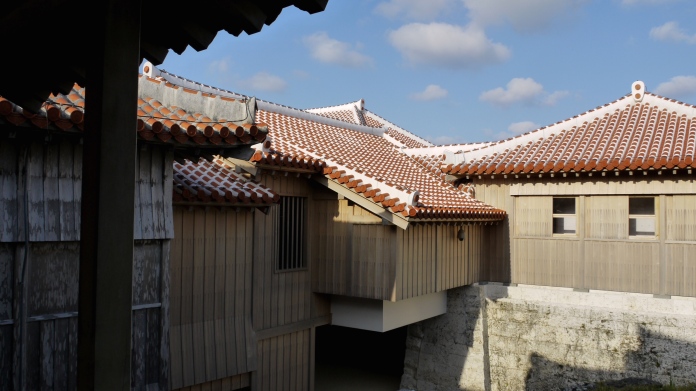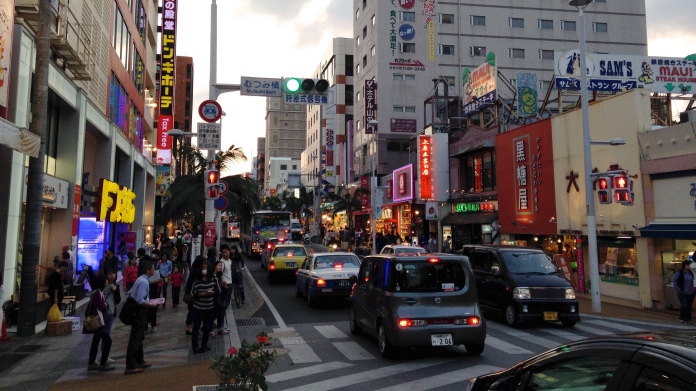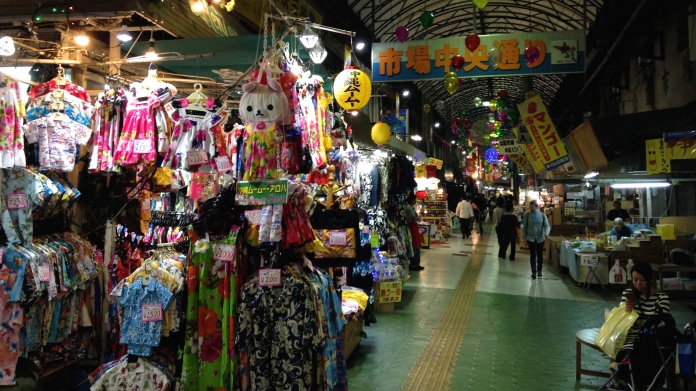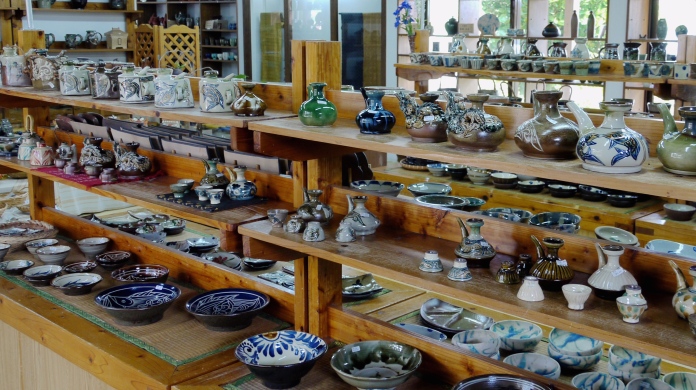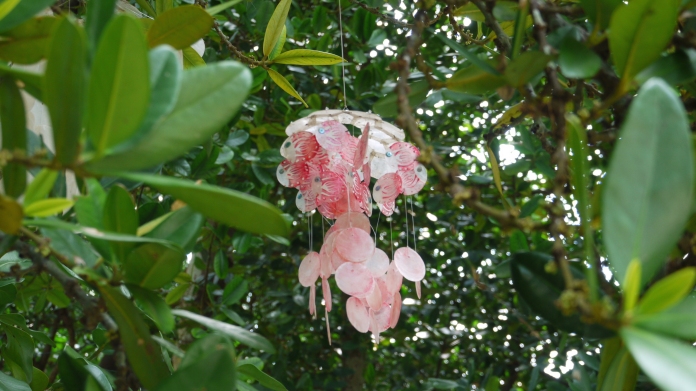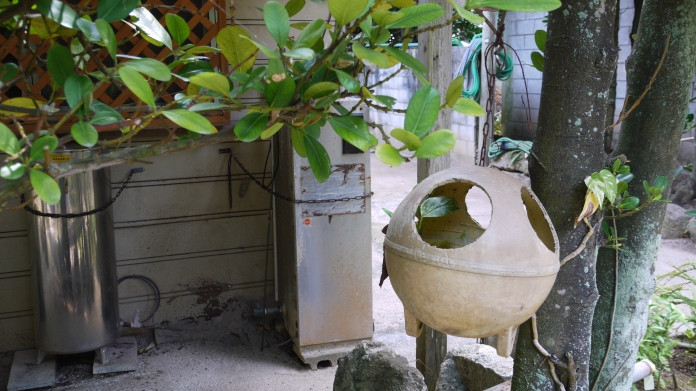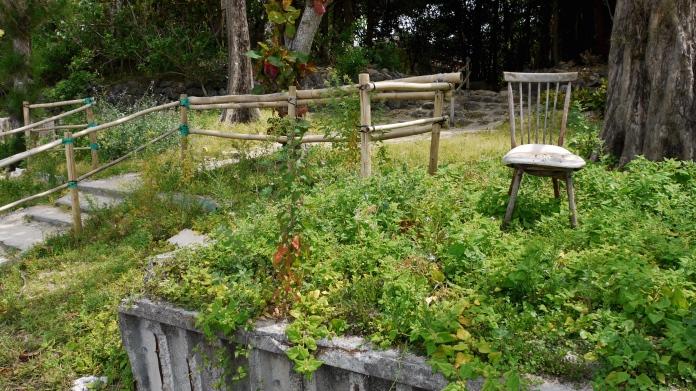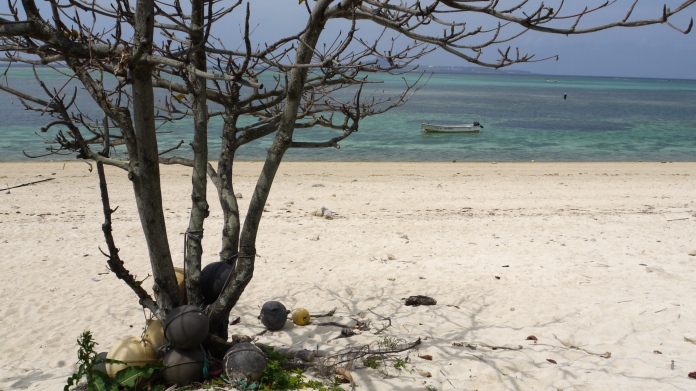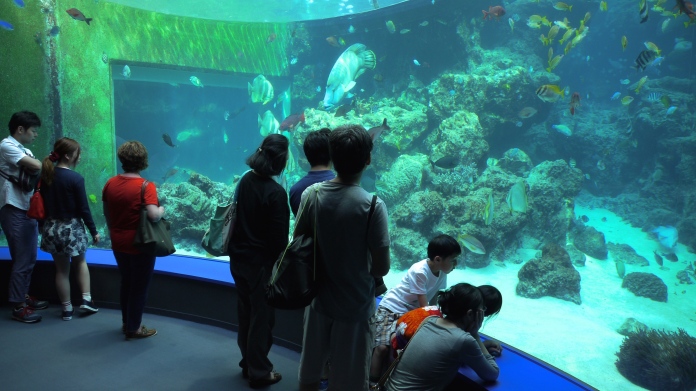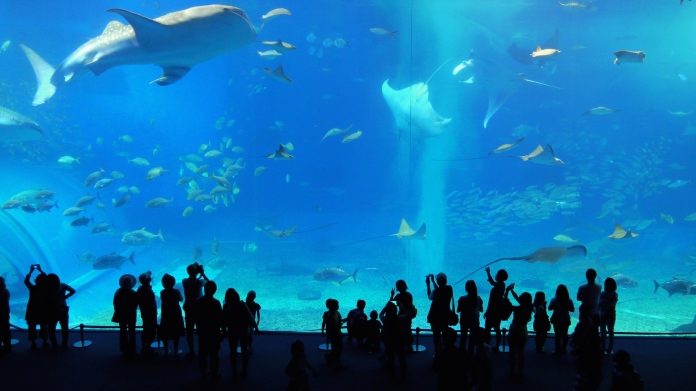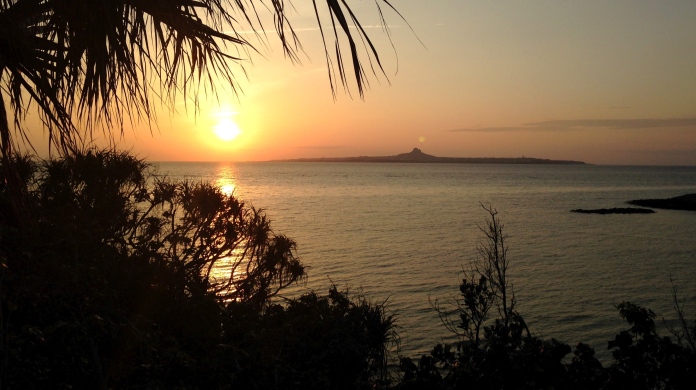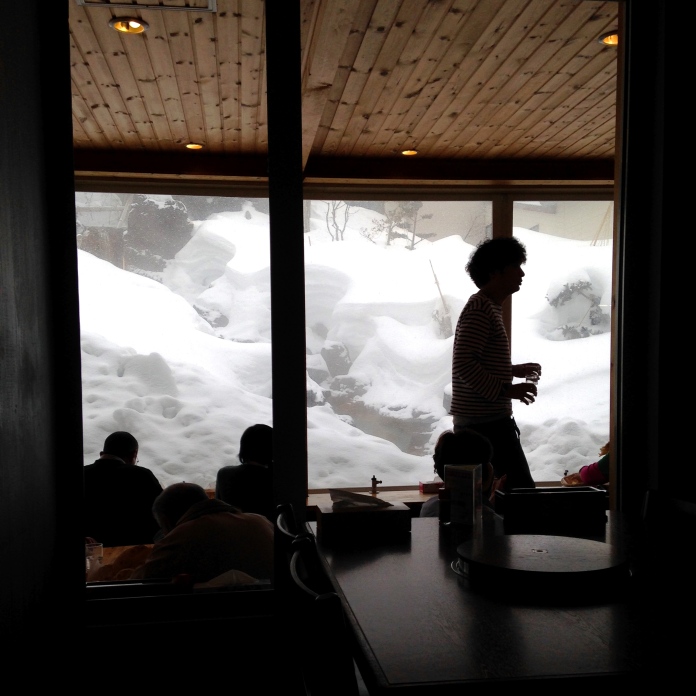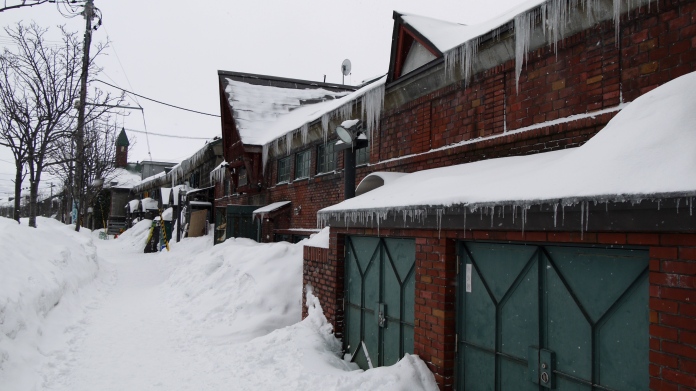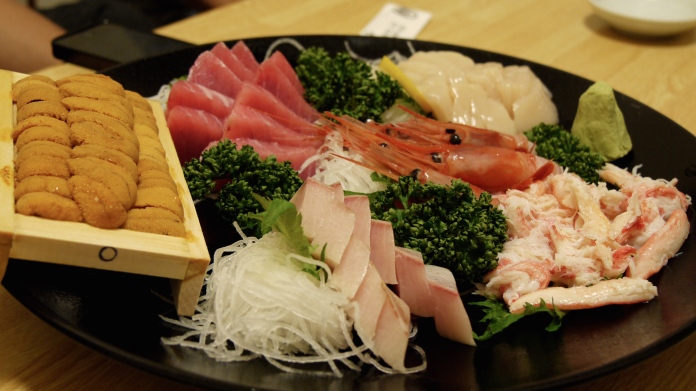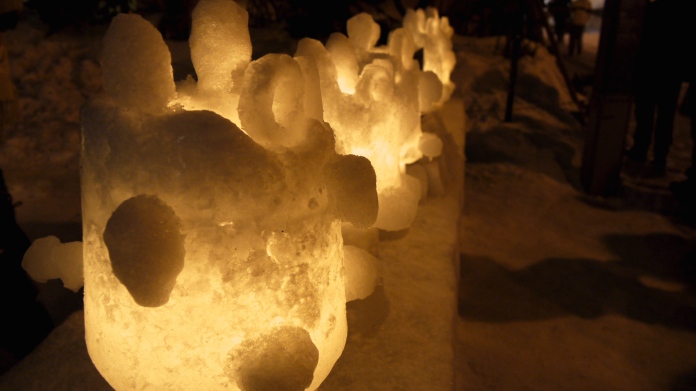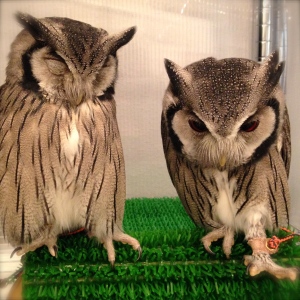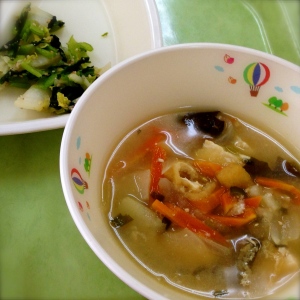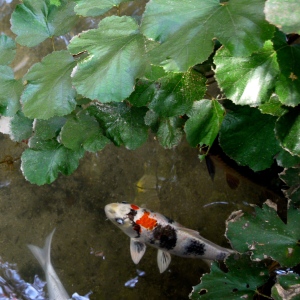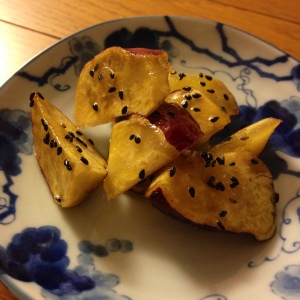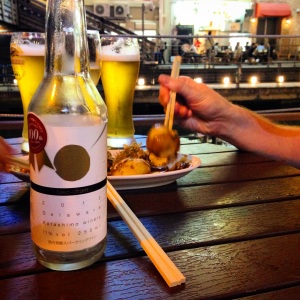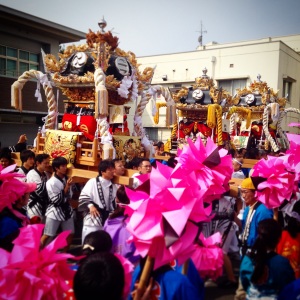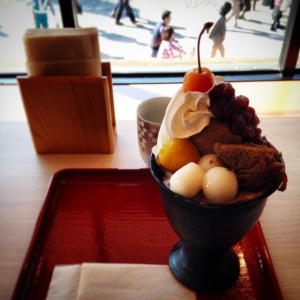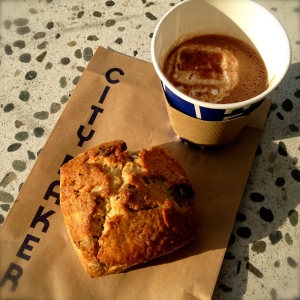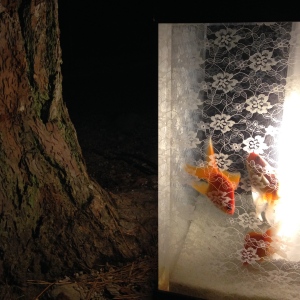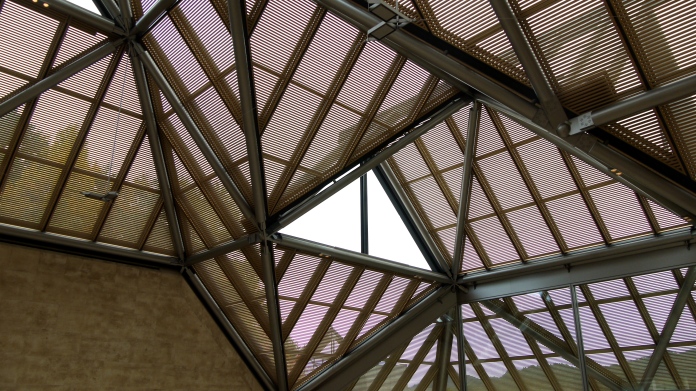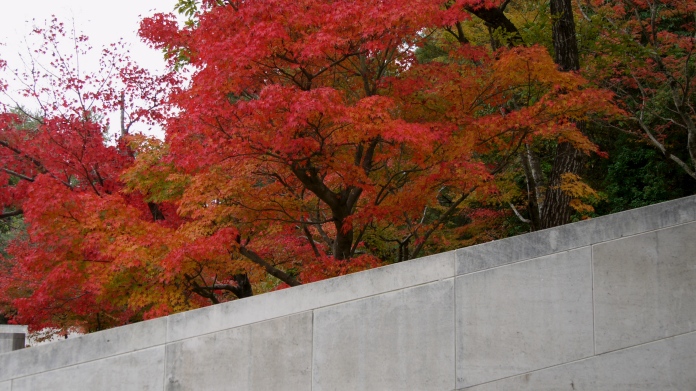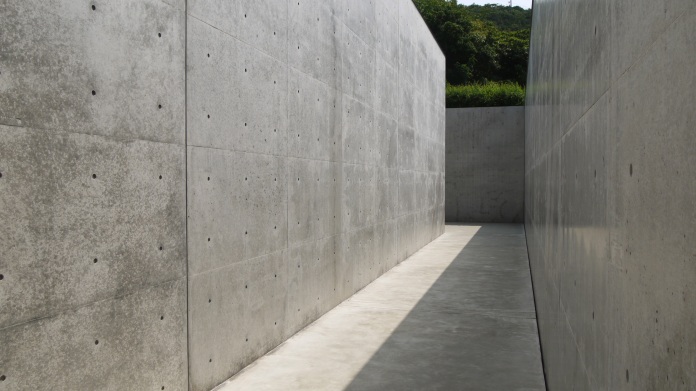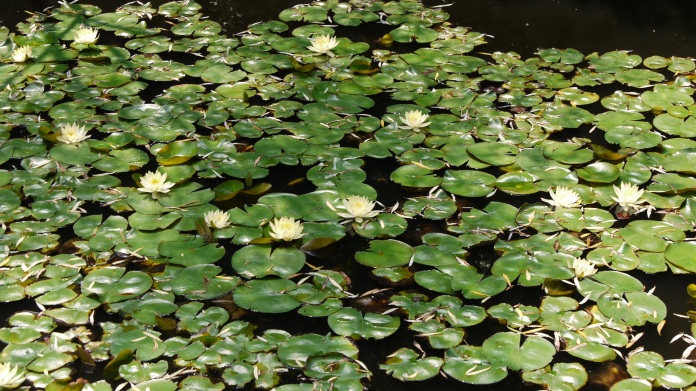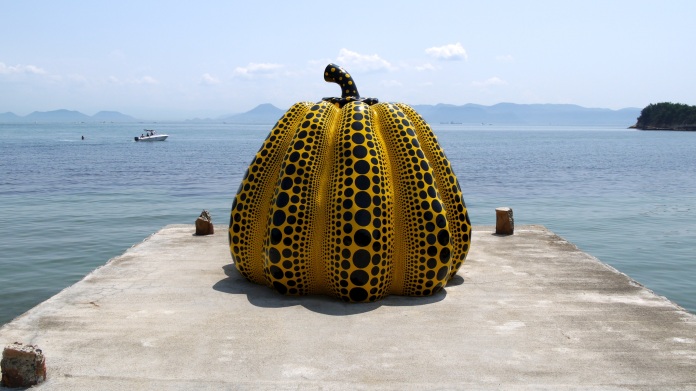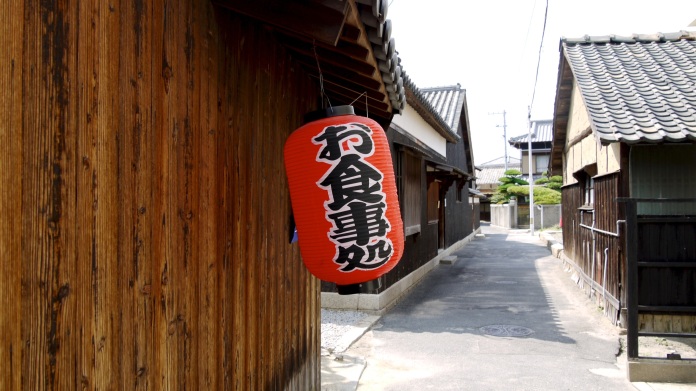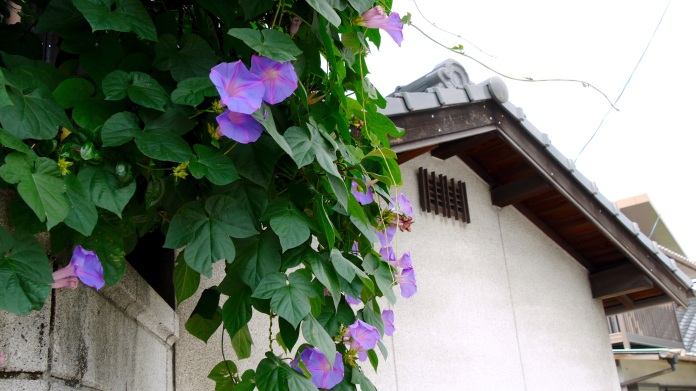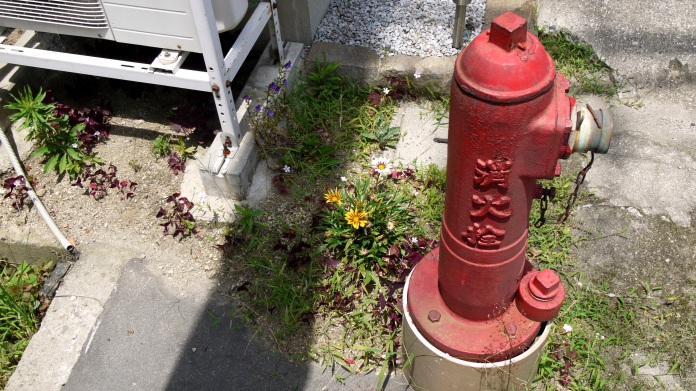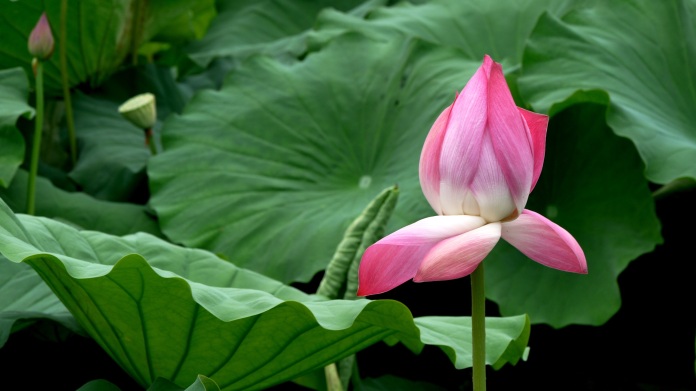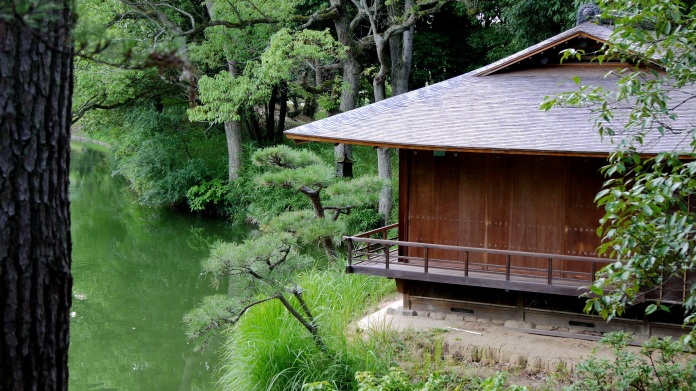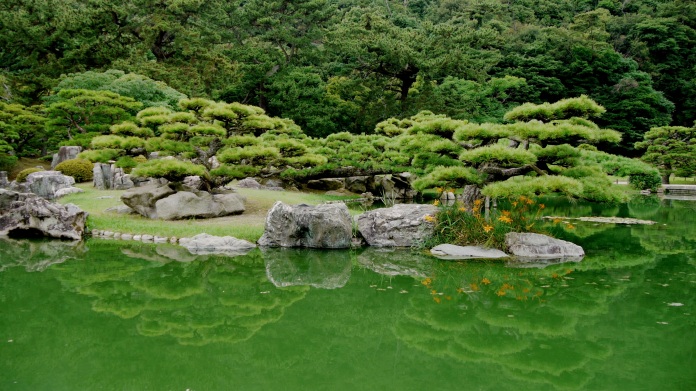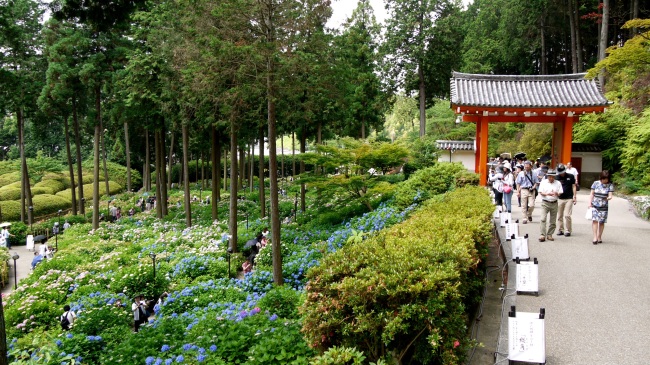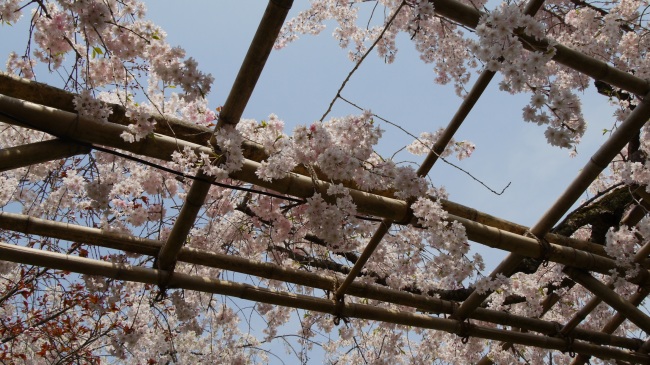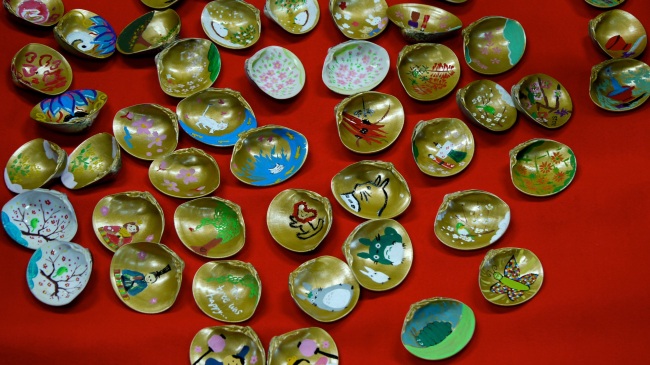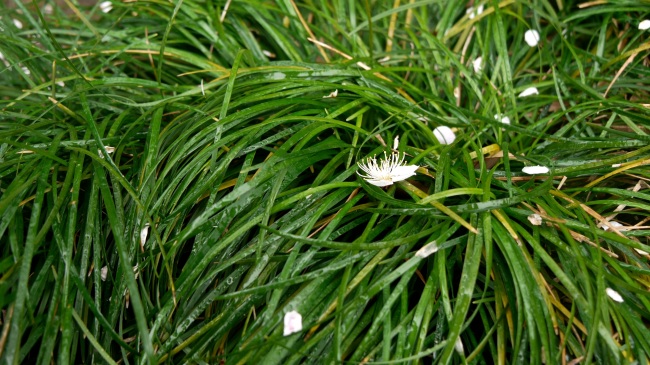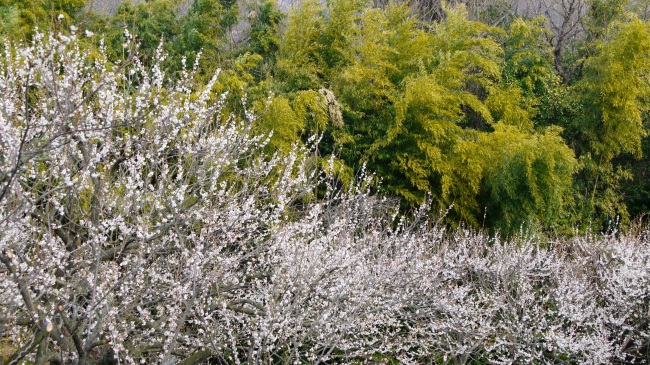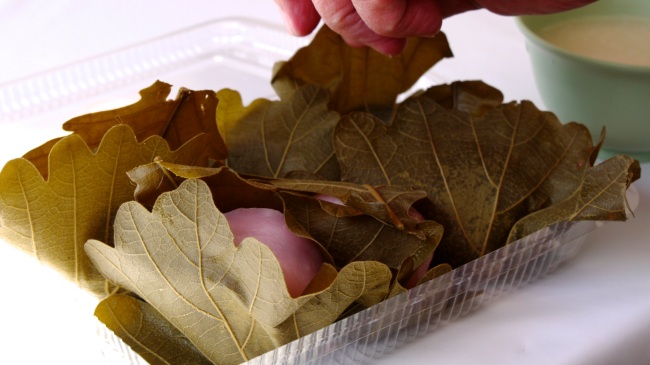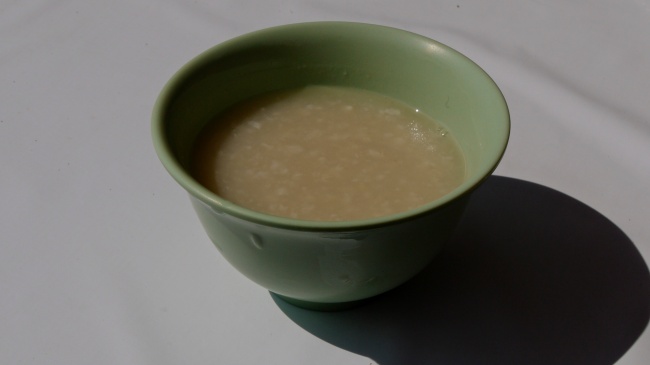1 month ago…
“As from tomorrow, the countdown will begin; I will have one month left in Himeji as a JET program teacher. While I’m determined to make the most of every moment, everything I do for the final time, I can’t help but be pulled out of the present by surges of nostalgia for the past two years, or unbearable anticipation for the next two.
Last week I said my first farewell to an elementary school. As I was endeavouring to savour that bittersweet moment, I realised that this month of endless goodbyes might be a bit more of a challenge than I had anticipated. I have rotated through four elementary schools every month for the last two years, but this is my final cycle. As some (by no means all) students come to the realisation that this time I really do mean ‘bye bye’, expressions of incomprehension slowly cross their faces; one student even asked when I’m returning to ‘my world’. I feel a bit like Mary Poppins floating away with my brolly and carpet bag. Indeed, an endless source of foreign wonderment (weirdness) and pedagogical fun (bingo) is returning to the magical (rainy) island on the other side of the world that she came from. 寂しい!(sabishii – I’m so sad)…until the next ALT comes. If I can get through the next few weeks with the poise and cheer of Julie Andrews, I will consider my career as a cheerleader for English language learning a success. If I could have the bottomless carpet bag too, that would be ace.
Spring has just melted into summer here in Himeji, but before the rain and heat rudely interrupted our blissful spring sunshine, I was able to go wandering to any number of wild and exciting locations – I include museums under that category. So, before I commence my final month of living in final moments, I’d like to share some of the splendid moments I enjoyed in the past few months…however, because I am at present trying to live in the moment, this will be done through the time-efficient method of pictures.”
Now…
It’s been nearly a week since I left Himeji, and it turned out to be less traumatic but, in the final hours, more dramatic than I imagined when I wrote the above words. I received some wonderfully heartfelt goodbyes from my students in the form of letters, cards, plastic beaded jewellery and laminated flowers. Teachers and friends were equally generous, presenting me with copious amounts of delicious food and drink and beautifully wrapped souvenirs. All in all it was four weeks of consistent consumption occasionally interrupted by outbursts of emotion.
The most traumatic experience was not saying goodbye to friends, which turned out to be a great opportunity to drunkenly reminisce about the last two years and part with an optimistic “また会いましょう!” (mata aimasho!) “see you again!”, rather it was the weather. Had I opened a brolly in Mary Poppins fashion on the day I left Himeji, I may well have been whisked back to my world; when Typhoon Number 11 slammed into the Kansai coast at the end of last week, more than a few umbrellas took flight. In fact, umbrella seemed like a preferable mode of transport when I realised that getting to the airport by any conventional means was nearly impossible. The highway was flooded and the national rail service suspended which left the invincible but expensive bullet train and perplexing subway as my only way to traverse the stormy coastline of Osaka Bay to the airport.
After a few hours of barely contained panic, I did make it to the airport on time and enjoyed an otherwise uneventful, pleasurable trip home (15 hours in a travelling cinema with unlimited wine isn’t so bad after all). Having had a week to recover from this final, distressing experience, this story is not merely the harmless dinnertime anecdote it has quickly become, but as a final ‘test’ of nerves and resourcefulness, it has demonstrated to me how much I learned during my two years in Japan.
The first time I attempted to use the sprawling Osaka subway system, I got profoundly lost; the second time I conducted comprehensive research, planned my route and printed an English map in advance. This time, out of desperation and with a little experience up my sleeve, I successfully winged it. I’ve never been a natural ‘winger’ and this was my first successful experience of winging anything, but perhaps I have left Japan with a touch more flexibility and spontaneity than I arrived with. Of course living in a rigorously ordered country like Japan has done little to diffuse my rigid tendencies (how will I ever wear shoes inside again?), however the experience of living and teaching abroad has challenged me in ways I could never have conceived of before. For this, and a great many other things (please read this blog), I am incredibly grateful.
Although I’m saying sayonara to teaching English in Himeji, I’m yet to wave goodbye to Japan. While one exciting chapter of my Japanese experience has drawn to a close, another is about to begin – mata aimasho!

